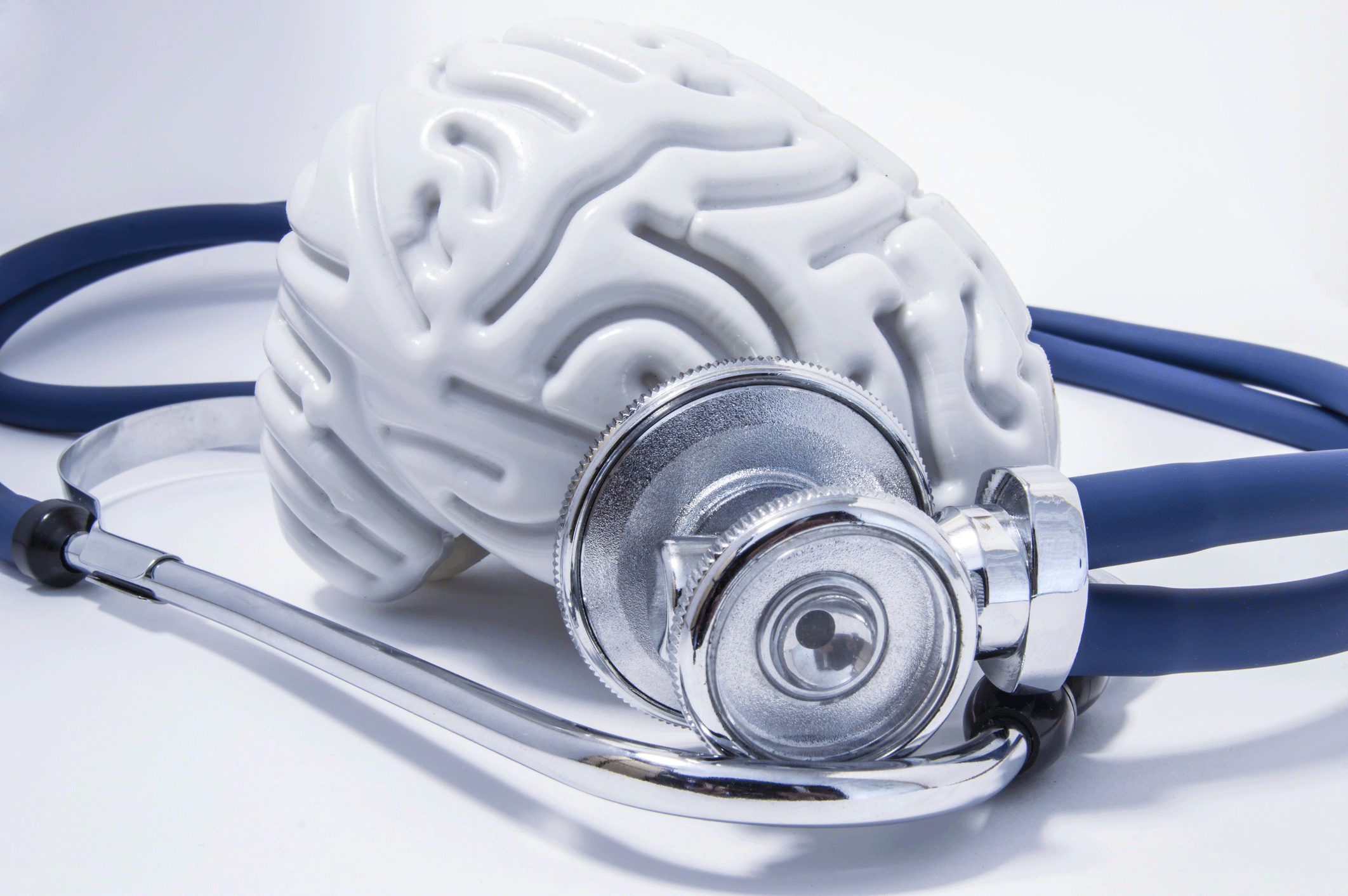Parkinson's Disease Treatment

Medication and other treatments for Parkinson’s disease can relieve symptoms and improve quality of life. Here’s what you should know.
There’s no cure for this brain disorder and no way to permanently reverse its effects.
But your doctors can relieve symptoms and help you live a fuller life over time. The ideal treatment for Parkinson’s disease (PD) varies in each case.
YOU MIGHT ALSO LIKE: Parkinson’s Disease Research
Medication for Parkinson’s disease
Many medications can treat symptoms, and PD patients usually take a combination of them. Some research suggests that simpler combinations are beneficial, however.
The gold-standard treatment is the medicine levodopa (also called L-dopa). In PD patients, brain cells no longer produce enough dopamine, a chemical messenger needed to control body movements. Without dopamine, people may suffer from tremors, stiffness, and slow movement, among other symptoms. By boosting dopamine in the body, levodopa can help reduce movement symptoms.
PD patients usually also take another medication called carbidopa, which prevents or reduces some of the side effects of levodopa — including nausea, vomiting, low blood pressure, and restlessness. Carbidopa can also reduce the levodopa dosages.
Within five to 10 years of taking levodopa, however, many people with PD develop dyskinesia, uncontrolled involuntary movements like twitching, in between doses. Changing doses or adding another medication may help, according to the Michael J. Fox Foundation for Parkinson’s Research.
Many people have non-motor symptoms, such as:
- Constipation
- Dementia
- Depression and anxiety
- Drooling
- Fatigue
- Low blood pressure
- Pain
- Psychosis
- Problems with sex, sleep, or urination
Medications can help treat such symptoms.
Other types of medication for Parkinson’s disease include:
- Dopamine agonists mimic the role of dopamine in the brain.
- COMT inhibitors prevent the breakdown of levodopa.
- Amantadine can help reduce involuntary movements.
- Anticholinergic drugs reduce tremors and muscle rigidity.
- MAO-B inhibitors slow down a dopamine-reducing enzyme in the brain.
- Safinamide (Xadago) tablets help control symptoms in off periods, when the usual medications fail.
Surgical treatments for Parkinson’s disease
If a person with PD isn’t getting the desired response from medication, deep brain stimulation (DBS) may help.
Your doctors will implant electrodes in your brain that link to a small electrical device called a pulse generator. The device sends pulses of electrical stimulation to your brain.
This painless stimulation helps stop many movement-related symptoms and reduce needed doses of medication. As a result, it might partially relieve dyskinesia, the common and unpleasant side effect of levodopa.
Other treatments for symptoms of Parkinson's disease include physical, occupational, and speech therapies to help with your gait and voice disorders, tremors, and rigidity.
Focused ultrasound can also address movement problems. Using MRI imagining to see inside your brain, doctors direct ultrasound beams to destroy tiny areas of cells, targeting different cells to match your symptoms.
Lifestyle makes a difference. Like everyone else, PD patients need aerobic, balance, and strengthening exercise. But high-intensity exercise may be your best strategy for slowing the onset of symptoms.
In one study, patients with early PD experienced no decline in their motor function when they exercised regularly over six months on a treadmill at 80 percent of their maximum heart rate. A control group that didn’t exercise experienced a significant decline. Those volunteers were not yet taking levodopa.
Updated:
June 13, 2023
Reviewed By:
Janet O’Dell, RN